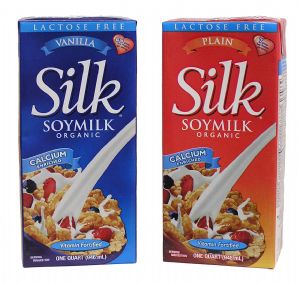With obesity being such a prevalent issue in this nation, it is not shocking that it is partly due to astronomically large portion sizes. The Journal of Consumer Affairs published an article that researched the perception of portion sizes among college students.  A sample from a small college in Maryland were required to pour a typical serving of cereal they would pour themselves and then try to pour the serving size listed on the nutritional panel. They were then required to perform the same procedure using M&M’s.
A sample from a small college in Maryland were required to pour a typical serving of cereal they would pour themselves and then try to pour the serving size listed on the nutritional panel. They were then required to perform the same procedure using M&M’s.
It was discovered that only 2% of the sample consumed 90%-110% of the standard serving size of cereal. One-third of the sample consumed at least twice the standard serving size. With the M&M’s, 10% of the participants ate the amount close to the serving size. More than one-third ate at least twice the standard serving size. 71% of the males and 91% of the females reported paying attention to some parts of the nutrition labels. Interestingly, 88% of the students believed that the dining halls contributed to them taking larger portions.
As I mentioned in my first post, I think UNH does a great job in communicating with the students what lies in all the foods we are consuming. I really hope that more and more colleges jump on the bandwagon of posing the nutrition facts next to all of their foods.  UNH also has different events and demonstrations from time to time in all of our dining locations to help students prepare and incorporate healthier foods in their diets. If you aren’t a student at UNH but are interested in your nutrition, I challenge you to try and contact your dining services and see if you can reach out to the student community.
UNH also has different events and demonstrations from time to time in all of our dining locations to help students prepare and incorporate healthier foods in their diets. If you aren’t a student at UNH but are interested in your nutrition, I challenge you to try and contact your dining services and see if you can reach out to the student community.
Obesity is a serious issue and although there are major strides being accomplished at the public school level from grade levels K through 12, I still think more could be done at the college level. If you’re wondering if you knowledge on portion size is the ballpark or completely out of range, take this quiz! So next time you’re at the dining hall or preparing food at your apartment, take the extra time to look at what exactly constitutes as being a portion. If you’re anything like me, I’m sure you’ll be very surprised.






















